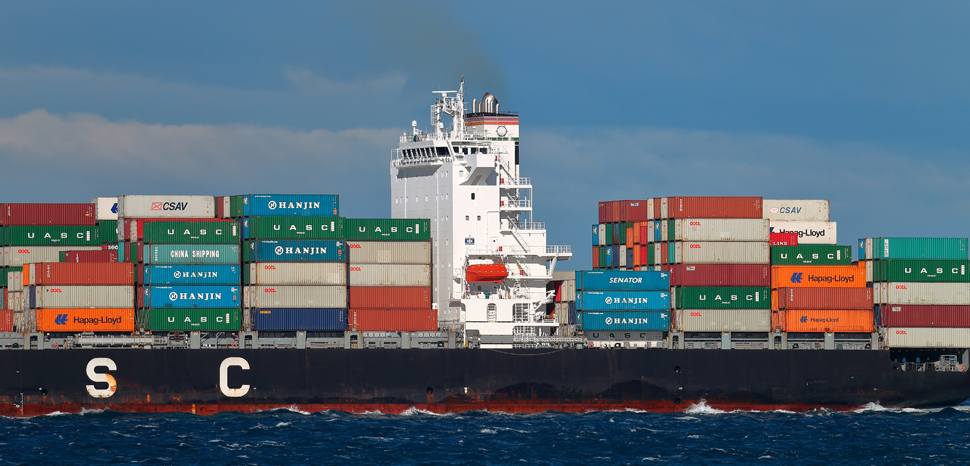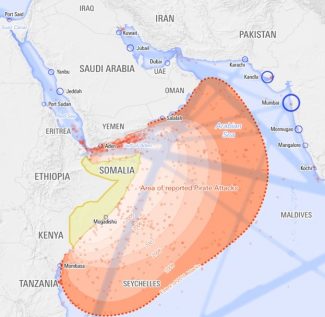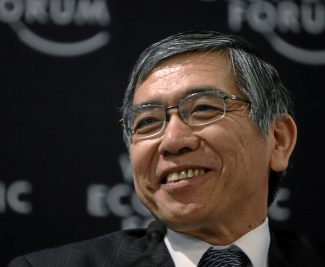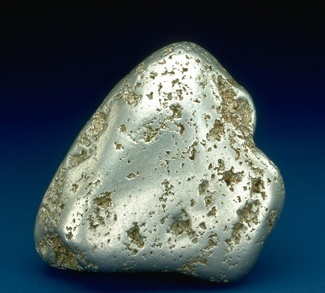Summary
The Chinese authorities have been slapping sanctions on a growing list of Australian exports through 2020. But they have stopped short of targeting iron ore, a commodity that accounts for over half of Australian exports to China. The reason for this is simple: China’s supply-side-powered recovery runs on steel, and Australia is one of just a handful of exporters providing the iron ore needed to make it.
Will Canberra seek to use this leverage, and in doing risk escalating bilateral tensions into a full-fledged trade war?
Background
Iron ore is on a tear. Futures hit $150 in the first week of December, up over 62% from the year before, and currently sit at their highest level since the index began in 2013.
Several factors are behind the price boom. One is increased demand from China as its economic recovery progresses. The second half of 2020 brought a stark recovery in construction and infrastructure investment in China, though spending increases are leveling off toward the end of the year. Another factor is supply: Vale, the world’s second-largest producer, cut its supply guidance for 2020 and 2021, and a tropical storm shut down Australian ports last week.
Upward price pressure is also being generated from fears of possible Chinese sanctions on Australian iron ore, which have ironically resulted in higher input costs for Chinese steelmakers and ameliorated the negative effects that Chinese sanctions are having on other Australian exports (cotton, coal, wine, etc).
Impact
Chinese steelmakers are heavily reliant on ore imports, and Australia accounted for 58% of all seaborne iron supply in 2019. Brazil is the second-largest exporter, accounting for around 23.8% of all exports in 2018. Although China has been looking to new frontiers like Guinea’s Simandou region to bring increased supply online, these plans remain largely hypothetical. For the time being, Australia is one of the only shows in town.
This all means that – grievances or no – Australian supply is critical to China’s economic recovery. The dynamic casts ongoing China-Australia trade tensions in a new light, and politicians like Senator Matt Caravan are advocating that Australia go on the offensive and implement a 1% levy on Australian iron ore exports to China. Caravan argues that since China is already seeking alternative sources of supply, a levy would do nothing more than impose a cost on Beijing’s arbitrary sanctioning of other Australian exports. Thus far, however, the idea has gone over like a led balloon at the highest levels of government, with Resources Minister Keith Pitt publically ruling out the prospect and Labor politicians piling on Caravan for abandoning the rules-based international trading order.
In deference to said order, Australia has now referred China to the World Trade Organization over its barley tariffs.
All told, a levy on Australian iron exports remains a longshot; but just the fact that such a move is being openly discussed reflects how far relations have fallen. Past examples of bilateral rifts have followed an ebb and flow pattern, whereby Beijing punishes for perceived slights, and then relations slowly normalize. Whether this time is any different remains to be seen. Two reasons why a normalization might not be in the cards this time include: 1) China’s strength, which has grown precipitously over the past decade; and 2) the hawkishly nationalist line that’s currently in the ascendance in Zhongnanhai.
There are also reasons to expect an ebb in tensions. Chief among them is the inescapable reality of the trade war: it’s clearly harming both sides. In sanctioning Australia coal, China merely drove its own domestic steel prices up, and all it took was an implied threat of similar treatment for iron ore to send the prices of a key economic input skyrocketing. With the fallout increasingly evident to both sides, this kind of quiet normalization might be exactly what Canberra is hoping for in its relatively muted response thus far.




